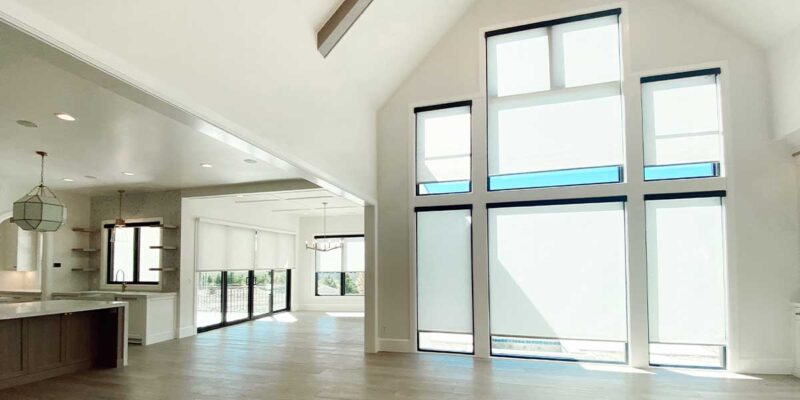From Entertainment and Search, to Smart Home Control, Voice Assistant Technology Comes of Age

By Jack Wetherill
Futuresource Consulting
Smart speakers continue to capture the hearts and wallets of consumers, driving demand for wireless speakers and establishing a wider acceptance of voice assistants. By the end of 2019, 21 million smart speakers were in use in Western European homes, on track to exceed 32 million by the end of this year according to Futuresource forecasts.
Although a broad range of brands compete for attention, Google and Amazon branded speakers still account for almost 80% of the smart speaker market in Europe. This is mainly due to product subsidy strategies from the market leaders, which are geared towards getting the products in homes and learning about consumer activities, lifestyle choices and shopping habits. In Q1 2020, Google and Amazon offerings were retailing at an ASP of €52, compared with €213 from the likes of Apple, JBL, Sonos and Sony.
Recent consumer research carried out by Futuresource reveals that 70% of smart speaker owners mainly use their devices to listen to music, and 58% say they would like better sound quality. It is unclear whether this will translate into an uptick in spend, but all eyes will be on IFA to see what innovations will be unveiled this year.
Vendors are positioning smart speakers as devices to control other gadgets in the smart home. However, alongside this move, voice assistance is also becoming increasingly embedded into other devices. We expect 13% of all AV devices sold across the globe this year to have built-in voice assistance, rising to more than one in four by 2024. A significant proportion of voice assistant sound bar owners are already using their devices to control lighting and other devices in the home, in addition to their TV and sound setup.
Although the “works with” strategy makes for a lower bill of materials and also marginally reduces production costs, it also means that the voice assistant being used is likely to be in a device from a third party. As Amazon and Google are the frontrunners, this has contributed to a change in strategy from Samsung. The vendor now allows voice assistants other than its own Bixby to be used on its TVs.
While 94% of smart TVs sold last year were voice-compatible via a bridging device such as a smart speaker, it will be interesting to see if any models unveiled at this year’s IFA have a voice assistant integrated directly into the set. TV brands recognize that effective content search and discovery using voice-driven technologies could be extremely popular with consumers and content owners alike. Furthermore, embedded voice technology could bring the TV to the forefront of smart home control, providing a control room environment for security cameras and lighting as well as monitoring other smart home devices such as cookers and refrigerators.





